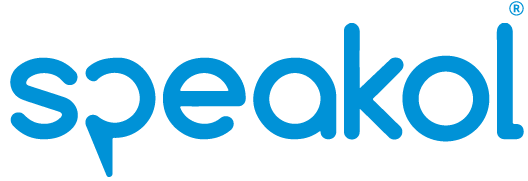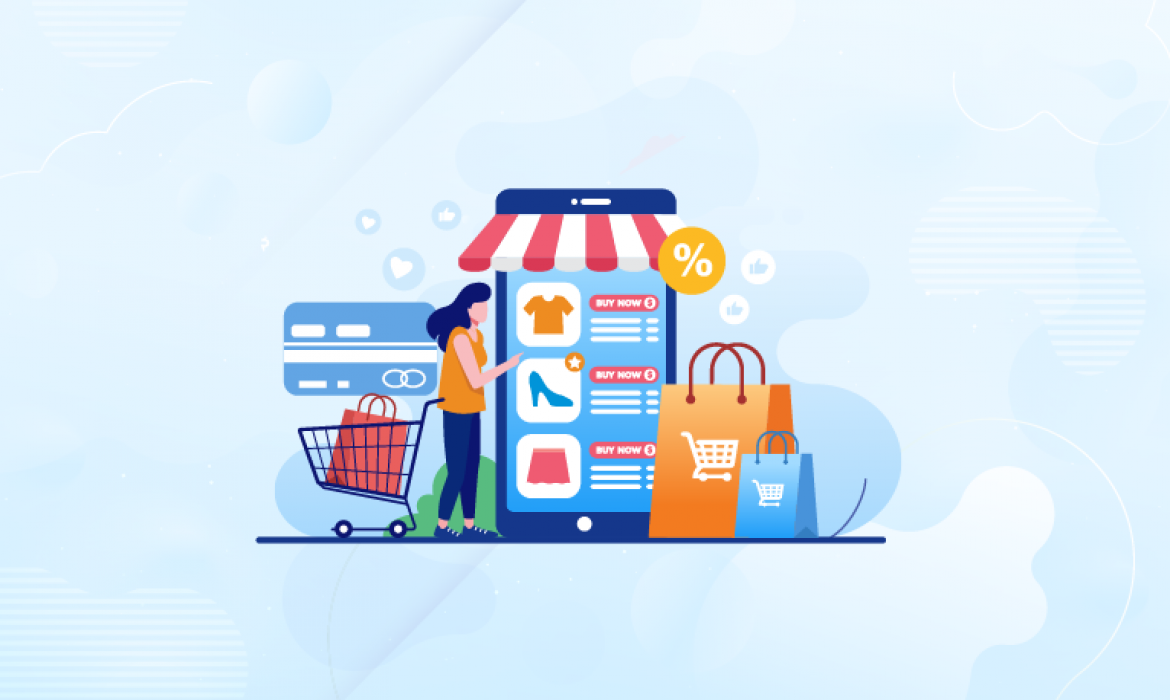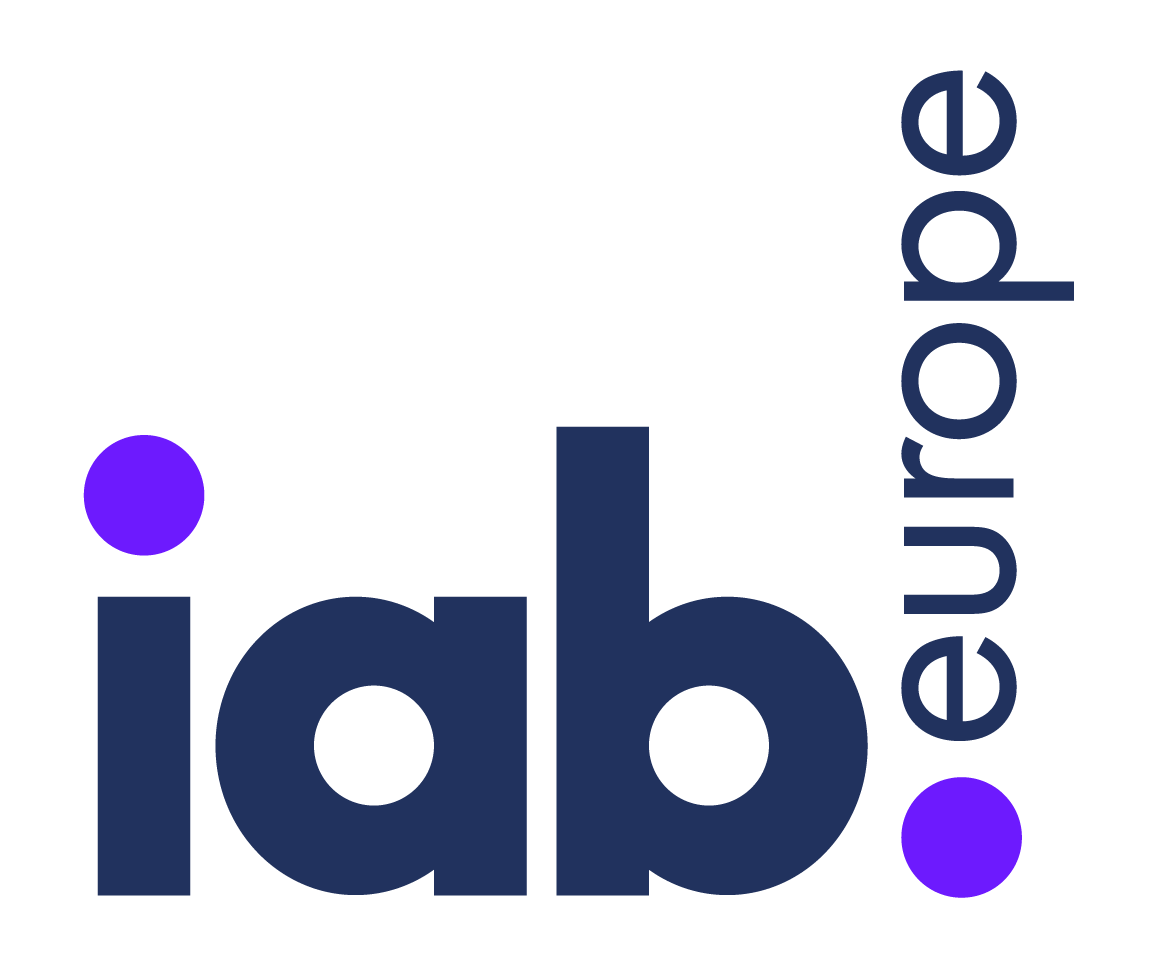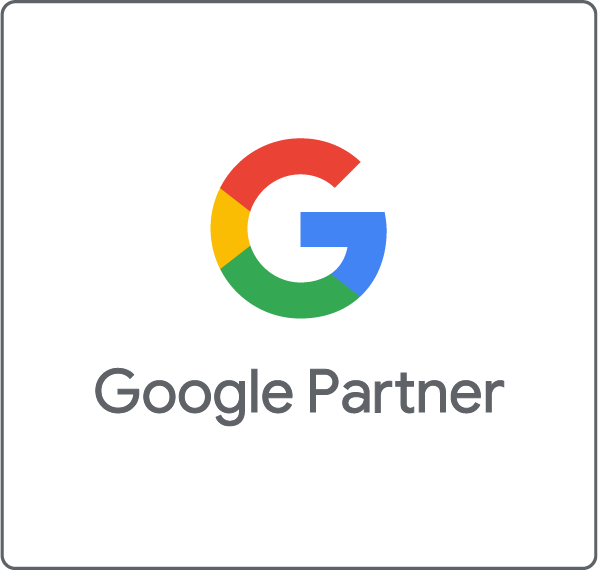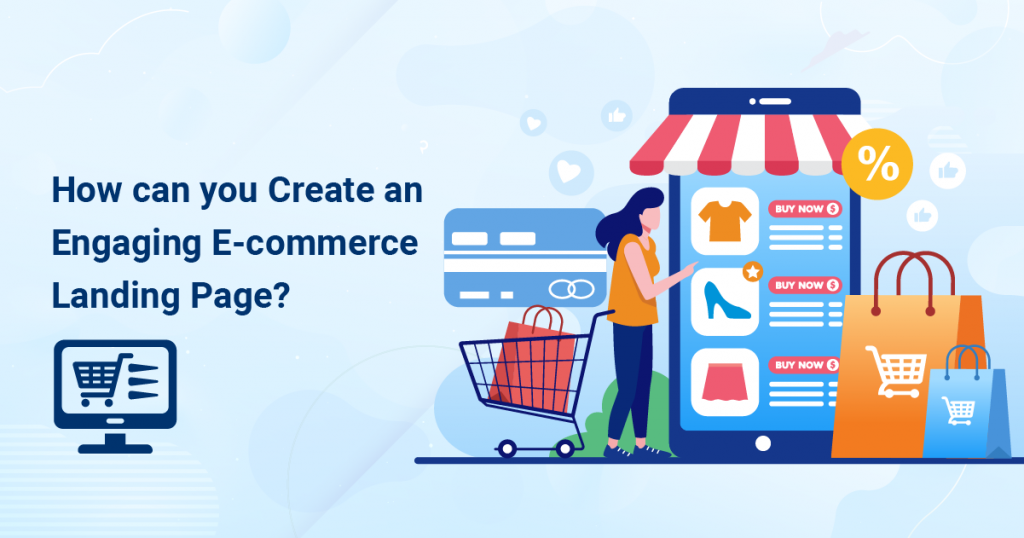
E-commerce is a fast growing industry that its sales are expected to surpass $4 trillion. Now, more and more people are launching and managing their e-commerce stores, focusing on driving traffic and increasing sales. So in other to stand out in this highly competitive domain, you need to put together a high converting landing page to engage your users and urge them to convert. You can create various targeted e-commerce landing pages for specific audiences to reach out to people at the right time.
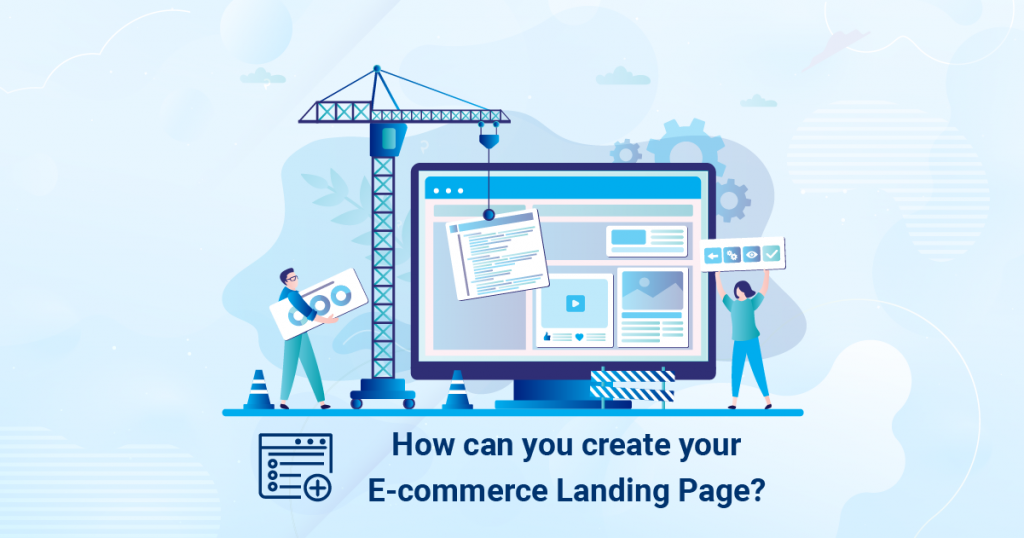
Your landing page should be separate from your website, where leads can access it by clicking on an ad. The page is created to convert potential customers and start their shopping experience. It can act as a catalyst to generate leads and increas conversion rates which will boost all your marketing efforts. Each page should match the tone of the ad it is linked to using one specific CTA (call to action), which is primarily making a purchase.
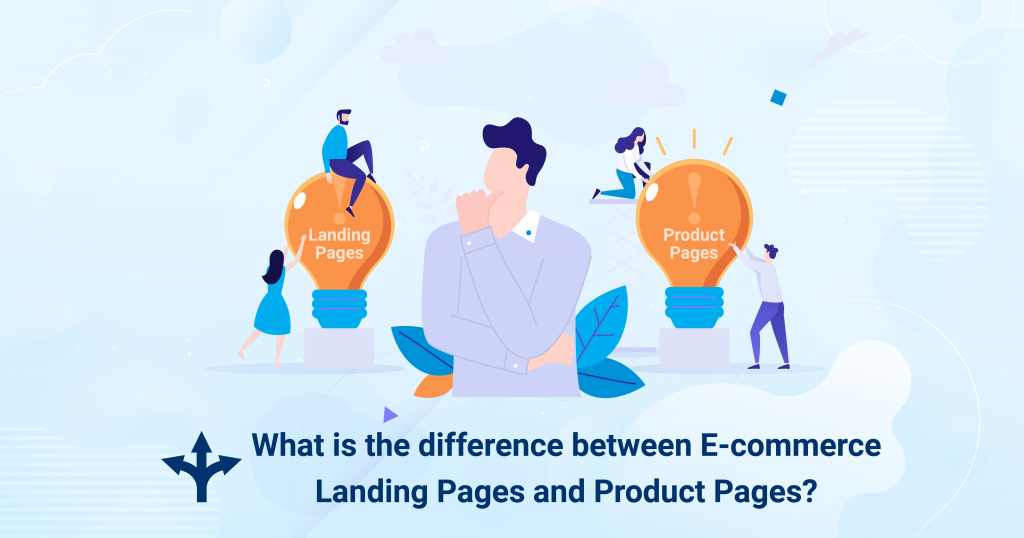
Your Product Page is essential to introduce your audience to your brand and provide specific product information; however, these pages do not always elicit action. In fact, around 72% of your product page visitors bounce in comparison to those of your targeted landing page.
The reason is that landing pages are designed and optimized for conversion, while product pages focus on informing and educating your audience.
| Points of Difference | Landing Page | Product Page |
| Image | ||
| CTAs | 1 clear CTA | can include multiple CTAs |
| Navigation | straightforward without any site navigation | features additional pathways, such as site navigation and product categories |
| Content | centers on converting targeted audience | General content for the masses |
| Products | Include product descriptions targeting specific audiences. | includes general product descriptions and product recommendations |
| Optimization | optimized for marketing campaigns | optimized for SEO to attract organic audiences |
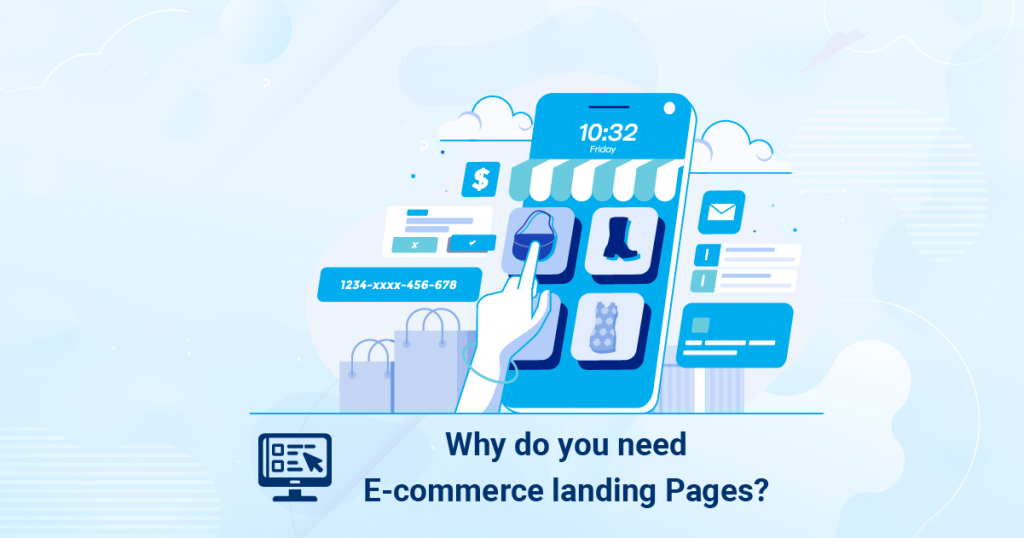
- Key part of your sales funnel. They link your engaged user who clicked on your ad to your online store to close the deal and finalize the purchase.
- Drive traffic to your website.
- A/B test the designs of specific marketing initiatives and assess what the audience respond to better.
- Persoanlize pages targeting different customer segments.
- Address your audience to engage users in different stages of their buying experience You can raise awareness, remarket, upset, or re-engage.
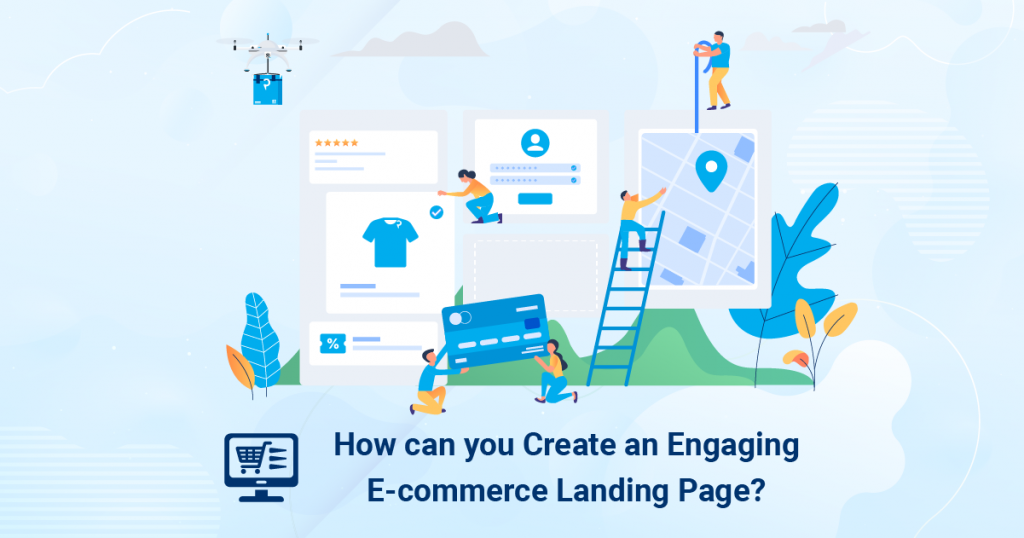
How can you Create an Engaging E-commerce Landing Page?
- Be precise and concise:
Users take seconds to decide whether to stay on your page or bounce. So don’t overwhelm with irrelevant information. Make every single element count and contribute to your purpose. - Clearly state your value proposition:
Use compelling language for your headline and subheadline to state the benefits of your offer and the point of differentiation between your product or service and those of your competitors. Write product details in bullet points. - Use visible and clear CTAs:
Use one very clear CTA to avoid confusing your audience. Make them visible and accessible. You can place your CTA at the top of the page, include multiple buttons for a single CTA throughout the page. A/B and try different CTAs, test different placements, button text and colors.
Experiment with CTAs like:
– Shop NOW
– Get Started
– Sign Up for Free
– Add to Bag/ Cart - Use Offers and Discounts:
Create a sense of urgency or exclusivity to urge your audience to convert. - Use relevant high-quality images:
A picture is worth a thousand words; give your audience an experience similar to that they enjoy in-store. Therefore, choose high-quality images that fit your objective. Ensure that all images are optimized for all your targeted devices especially mobile which has become increasingly popular for e-commerce transactions. - Include testimonials as social proof to build trust and credibility. Remember that when people shop online they always look for reviews and comments from previous users.
- Remove site navigation links.
- Run video ads to your e-commerce landing page for they drive more clicks and conversions using a smaller budget.
- Upsell and cross-sell products. Promote products that are highly complementary or are relevant to the one users are purchasing. This can definitely boost your sales.
Once you consider all those tips and tricks create initial landing pages with variations to start testing theis efficacy with ads. Then you can release the winning landing page to the public. Still, never stop assessing, monitoring, testing and tweaking your landing pages.
So don’t hold back; unleash your creativity, engage your audience, and watch your conversion rates soar; your brand gains new clients, cementing itself as a market leader.
